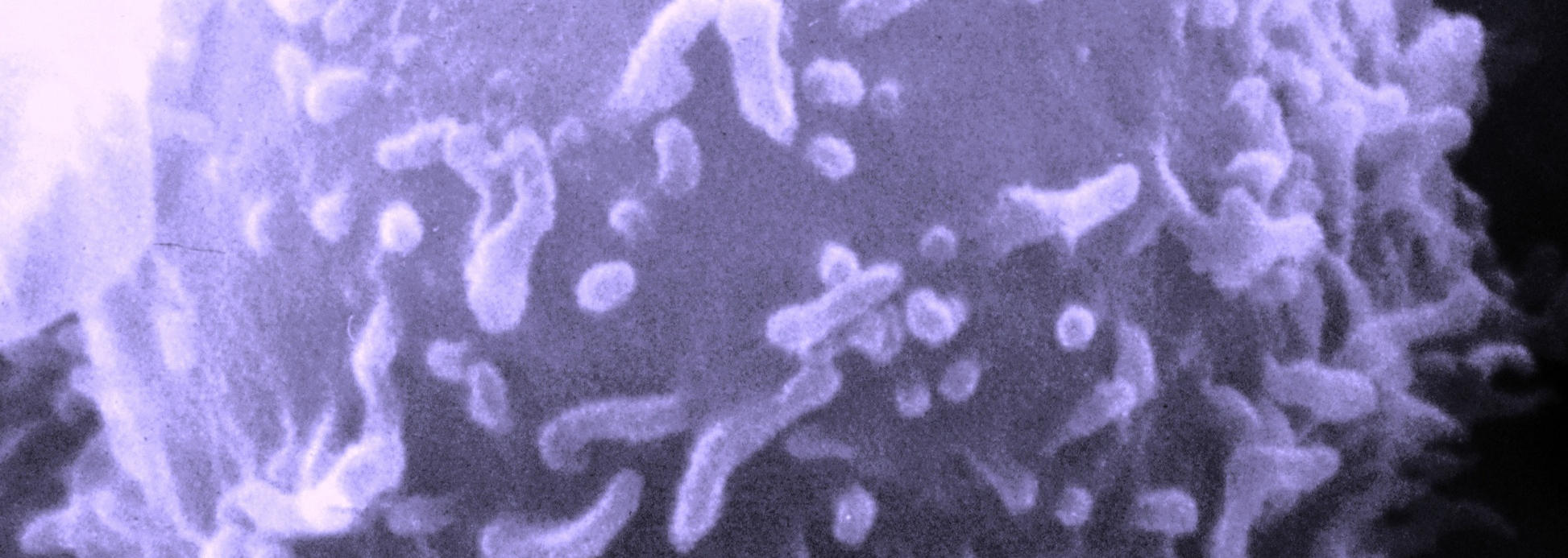Researchers uncover a new way the body fine-tunes its immune response
March 11, 2015

March 11, 2015

Microbiologists at the University of British Columbia have uncovered a novel mechanism that boosts B-cells’ sensitivity to extremely small amounts of foreign molecules.
The immune system typically combines signals from B-cell antigen receptors (which distinguish foreign molecules) and Toll-like receptors (which recognize common microbial components) to mount responses.
But the new work indicates that the Toll-like receptors are able to pre-emptively initiate changes in the B-cell’s structure to kickstart the antigen receptors' activity. The findings could inform vaccine design, and may explain the molecular basis for certain autoimmune diseases and B cell malignancies.
When microbial molecules bind to Toll-like receptors, filaments underlying the B cell’s plasma membrane break apart. This allows B-cell antigen receptors, normally confined to compartments by the filaments, to move more freely within the membrane.
“The increase in B-cell antigen receptor mobility and collisions at the membrane initiates signaling to the inside of the cell, even in the absence of antigen,” says UBC microbiologist Mike Gold, lead author on the paper published in Nature Communications.
“So maximum signaling can now be induced by much smaller amounts of antigen than in cells that have not been exposed to microbial components.”
The study was a collaboration between Gold, UBC mathematician Dan Coombs and UBC Cellular and Physiological Sciences’ Cal Roskelley. Coombs and former UBC post-doc Raibatak Das performed mathematical analyses that quantitatively characterized how TLR signaling altered antigen receptor mobility within the cell membrane.
We honour xwməθkwəy̓ əm (Musqueam) on whose ancestral, unceded territory UBC Vancouver is situated. UBC Science is committed to building meaningful relationships with Indigenous peoples so we can advance Reconciliation and ensure traditional ways of knowing enrich our teaching and research.
Learn more: Musqueam First Nation